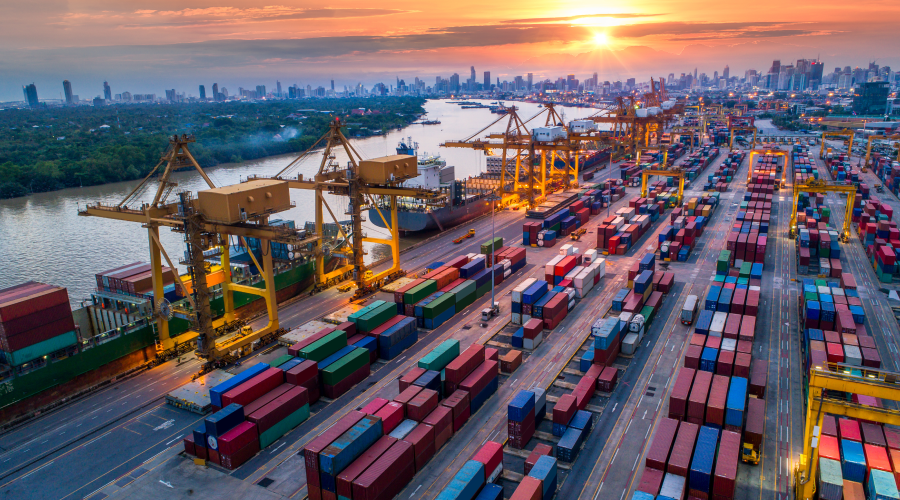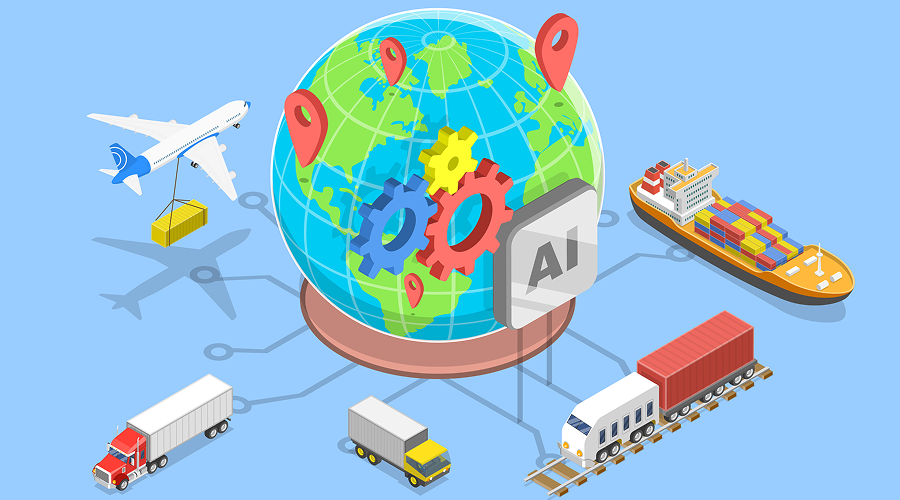Understanding the Differences and Advantages of DDP vs DAP: Key Incoterms in International Trade

Introduction
In international trade, Incoterms (International Commercial Terms) are used to clarify the terms of a transaction. This article focuses on two specific terms, "DDP (Delivered Duty Paid)" and "DAP (Delivered At Place)," explaining their differences and advantages in detail.
DDP (Delivered Duty Paid)
Definition:
DDP is a term where the seller bears all the transportation costs and risks, including import duties, to deliver the goods to a designated point specified by the buyer.
Advantages:
- Lower Risk and Cost for the Buyer: As the seller is responsible for all costs including import duties, transportation, and insurance, it's easier for the buyer to calculate costs.
- Simplified Import Procedures: The seller handles all import-related procedures, making it possible for buyers with limited knowledge of the import process to engage in transactions.
Considerations:
- The seller needs to be well-versed in the import duties and regulations of the destination country, increasing their risk.
- Delays or issues in import procedures are the responsibility of the seller.
DAP (Delivered At Place)
Definition:
Under DAP, the seller is responsible for delivering the goods to a location specified by the buyer, but the buyer pays the import duties.
Advantages:
- Import Process Under Buyer’s Control: The buyer is responsible for import duties and procedures, which is advantageous for buyers familiar with their country's regulations.
- Reduced Risk for the Seller: The seller only bears responsibility up to the export country, as the import-related risks are borne by the buyer.
Considerations:
- The buyer needs knowledge about import duties and procedures.
- Delays or issues in the import process are the responsibility of the buyer.
Key Differences Between DDP and DAP
- Responsibility for Duties: In DDP, the seller pays the duties, while in DAP, it's the buyer's responsibility.
- Risk and Responsibility: DDP involves more risk and responsibility for the seller, whereas DAP shifts these to the buyer.
- Import Procedures: In DDP, the seller handles import procedures, while in DAP, it's managed by the buyer.
Conclusion
DDP and DAP are important Incoterms in international trade, each with its own set of advantages and risks. It's crucial to choose the most suitable term based on the nature of the transaction, the experience of both parties, and their risk tolerance. This article aims to help you understand the differences between DDP and DAP, and to make more effective international trade decisions.








